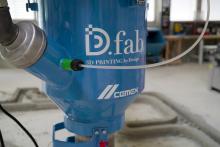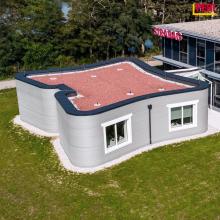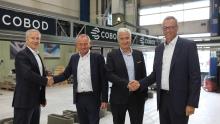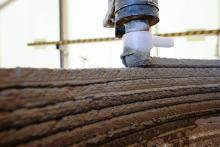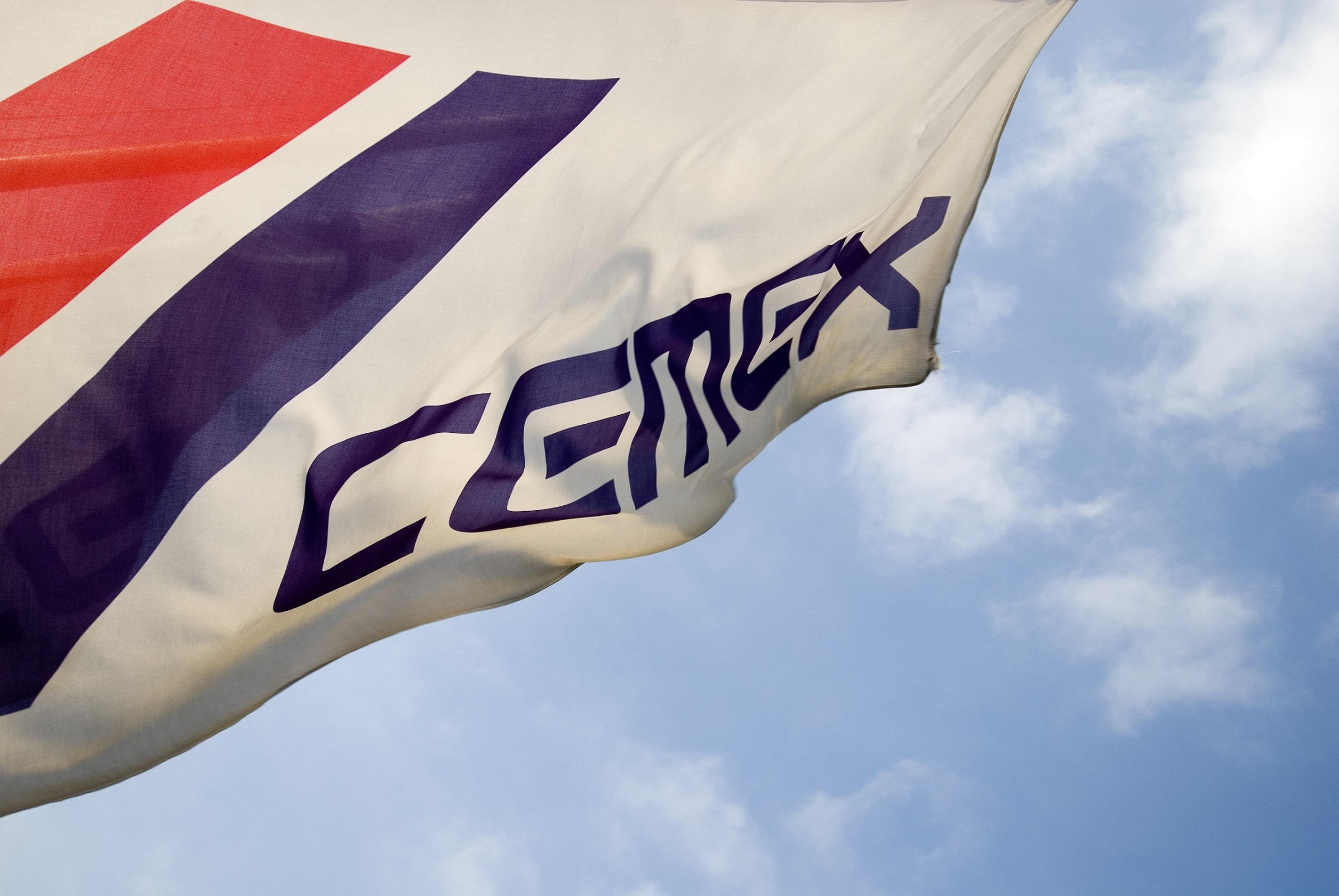
The solution allows for a reduction in time and significant savings versus traditional construction and other 3D printing methods.
Utilising an innovative admixture, CEMEX and Denmark-based COBOD developed a solution for 3D printing that enables conventional concrete to consume local and readily available materials.
Current 3D printing methods rely on highly specialised and expensive mortars. CEMEX introduced a proprietary admixtures family called D.fab, which transforms conventional concrete into a versatile material that can be efficiently tailored for 3D printing construction.
This admixtures innovation produces a more fluid and malleable concrete that facilitates the pouring process for 3D printing applications. COBOD’s printers and expertise, in combination with the admixtures, make it possible for the concrete to gain shape instantaneously. COBOD applied the new solution for the first time in a suburb of Luanda, the capital of Angola, where homebuilder Power2Build used it to construct Angola’s first 3D printed concrete house.
“The introduction of this revolutionary 3D printing system is a testament to our customer-centric mindset and relentless focus on continuous innovation and improvement. Working together with COBOD, we have developed an experience for customers that is superior to anything that has been provided in the past,” said Juan Romero, executive vice president sustainability, commercial, and operations development of CEMEX. “Our innovation efforts position us at the forefront of new technologies that contribute to building a better future.”
“To address the world´s affordable housing needs requires not only a technology that can build faster but also materials that are as economical as ordinary concrete. With this solution, the strength and quality of concrete combined with the speed and automation of 3D printing, we can help solve the affordable housing crisis in Angola and elsewhere,” said Ricardo Almeida, CEO of Power2Build.
“COBOD began 3D construction printing back in 2017, and 3D printed Europe’s first 3D printed building, we made the concrete recipe ourselves. We had to use much cement to get the material to work, with the consequence that our recipe was not as efficient as we aspired. However, we continued to look for a solution with ordinary concrete, which is critical for the mass application of our technology. We are more than pleased that CEMEX took on the challenge and proud that we cooperated to develop the new solution,” said Henrik Lund-Nielsen, founder & general manager of COBOD International.

